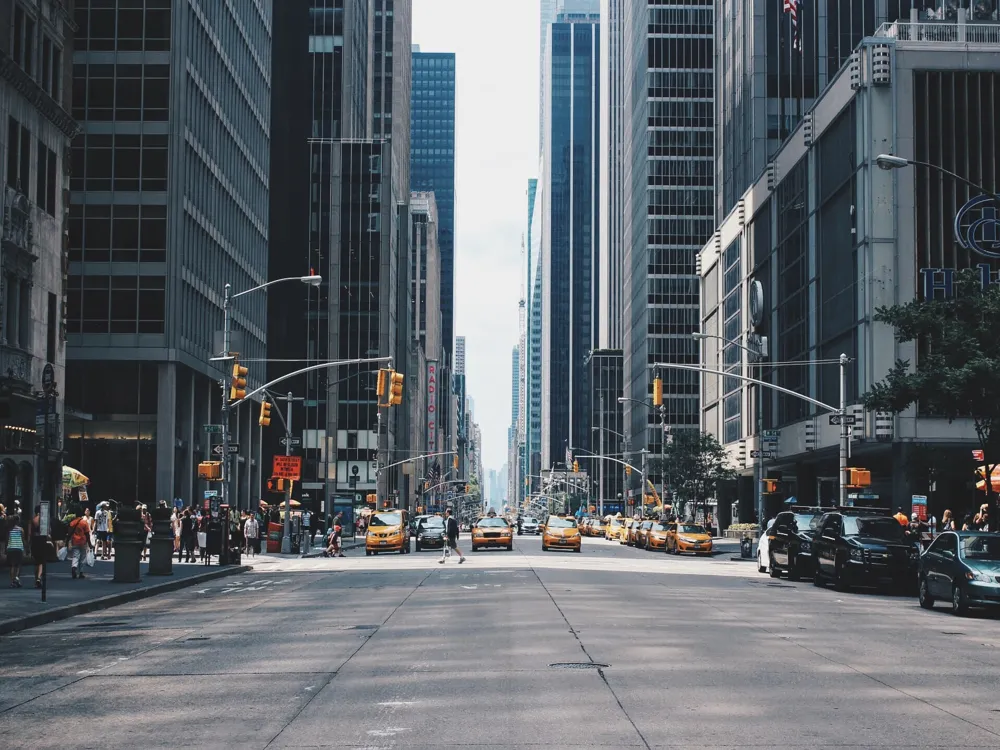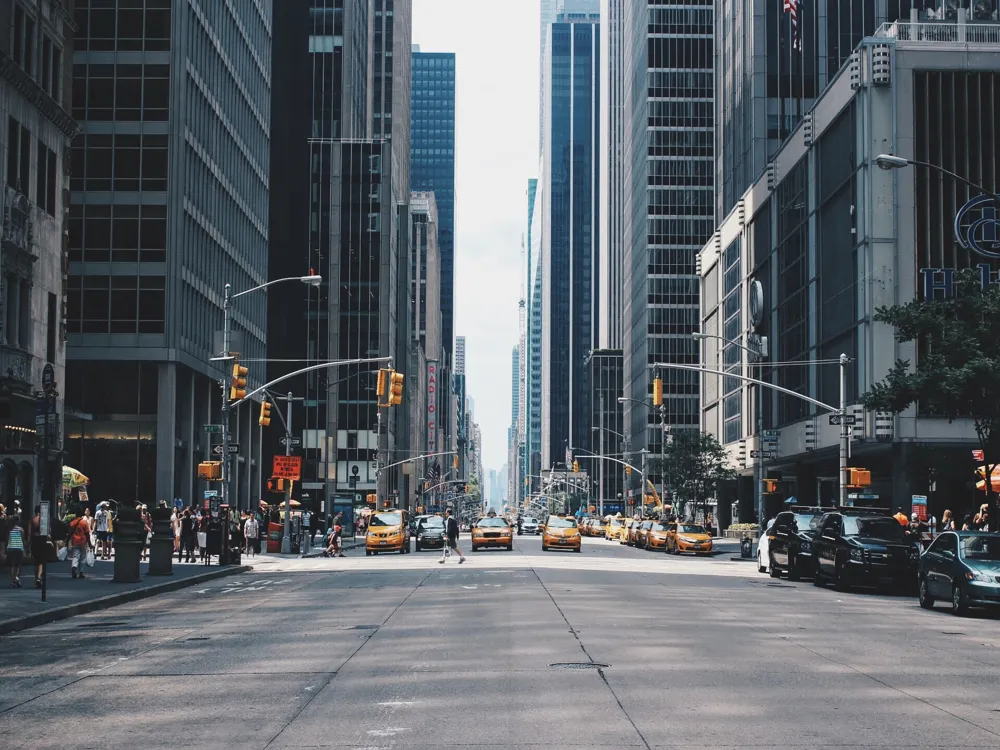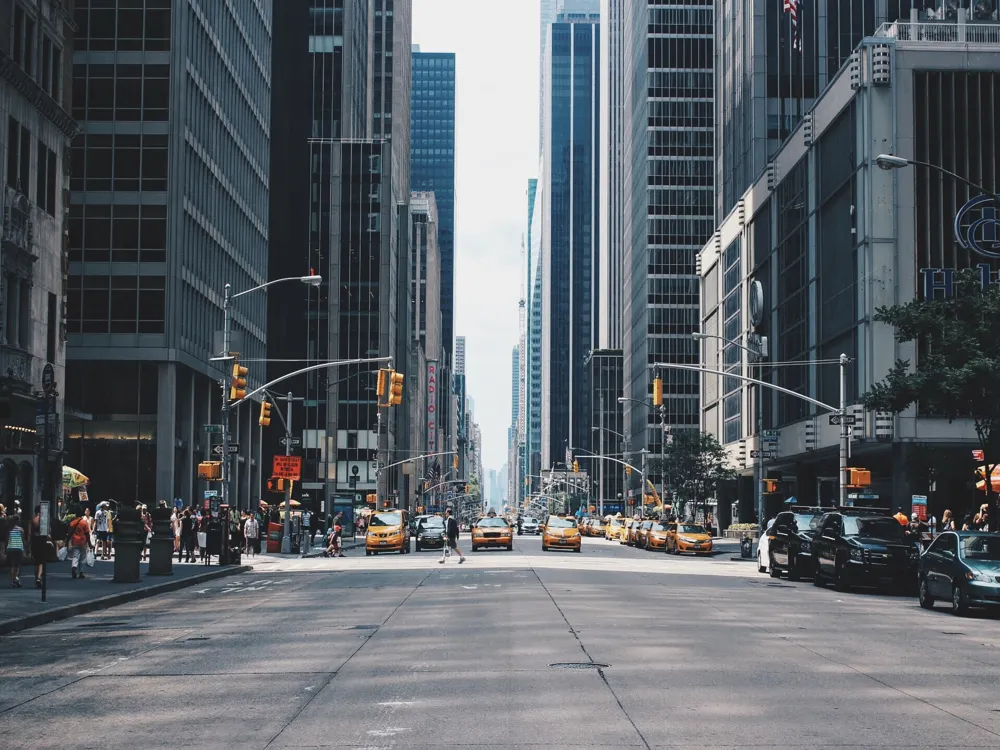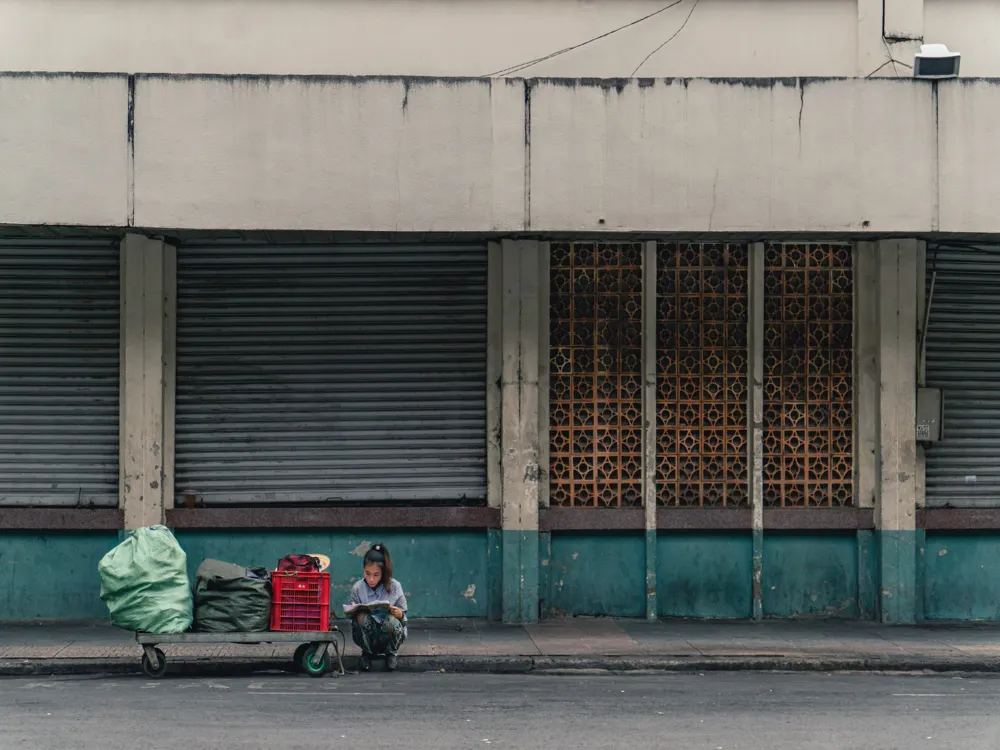Dong Khoi Street, a bustling and vibrant thoroughfare in the heart of Ho Chi Minh City, is a symbol of the city's dynamic blend of tradition and modernity. This street, stretching through the central district, is not just a mere roadway; it's a living tapestry that captures the essence of Vietnam's cultural and historical evolution. Dong Khoi, meaning 'Uprising' in Vietnamese, has witnessed many significant changes over the years, reflecting the resilience and spirit of the Vietnamese people. Originally known as Rue Catinat during the French colonial era, Dong Khoi Street was a hub of elegance and luxury, lined with high-end shops, cafes, and hotels. In the 1950s and 1960s, under the name Tu Do (Freedom), it became a symbol of the vibrant nightlife and Western influence in Saigon. Today, Dong Khoi Street continues to be a bustling center of commerce, culture, and tourism, embodying a blend of colonial French architecture and modern Vietnamese design. As you stroll down Dong Khoi Street, you'll encounter an array of experiences that are quintessentially Saigonese. From luxury boutiques to quaint souvenir shops, upscale hotels to traditional Vietnamese eateries, and from historical landmarks to contemporary art galleries, Dong Khoi Street offers a microcosm of Ho Chi Minh City's diverse character. The street's atmosphere changes as the day progresses – calm and serene in the morning, bustling and energetic during the day, and lively and vibrant at night. Dong Khoi Street is an architectural marvel, showcasing a harmonious blend of historical and modern styles. This iconic street serves as a testament to Vietnam's rich history and rapid development. As you walk along Dong Khoi, you'll be captivated by the seamless fusion of colonial French buildings and sleek, contemporary Vietnamese architecture. The French colonial buildings, with their distinct yellow facades, tall windows, and ornate details, hark back to a bygone era. These structures, once symbols of colonial power, have been repurposed and integrated into the city's vibrant urban tapestry, housing chic boutiques, upscale restaurants, and luxury hotels. Notable examples include the stunning Saigon Opera House, the elegant Hotel Continental, and the historic Notre-Dame Cathedral. Contrasting with these historical landmarks are the modern architectural feats that reflect Vietnam's growth and modernization. Contemporary buildings with glass facades, sleek lines, and innovative designs dot the landscape, symbolizing the city's aspirations and forward-looking spirit. These modern structures are not just commercial spaces but also serve as cultural hubs, hosting art exhibitions, cultural events, and social gatherings. The architecture of Dong Khoi Street tells a story of resilience, adaptation, and progress. It's a visual narrative of how Ho Chi Minh City has preserved its historical heritage while embracing modernity and innovation. This unique blend of old and new, East and West, creates a streetscape that is both intriguing and inspiring, reflecting the soul of the city. The ideal time to visit Dong Khoi Street is during the dry season, from December to April. The weather is pleasant, making it perfect for exploring the street's attractions. Early mornings or late afternoons are the best times to enjoy a leisurely walk, avoiding the midday heat. Don't miss the opportunity to savor the local Vietnamese cuisine at the numerous restaurants and street food stalls along Dong Khoi Street. From traditional Pho to Banh Mi, each dish offers a unique taste of Vietnam's rich culinary heritage. Dong Khoi Street is a shopper's paradise. Whether you're looking for luxury brands or local handicrafts, it's important to compare prices and bargain where appropriate. Remember to check the quality of products, especially when buying souvenirs. When visiting cultural and religious sites, dress modestly and respect local customs. It's advisable to remove shoes when entering certain places and to ask for permission before taking photographs. Dong Khoi Street is easily accessible by various modes of transportation. Visitors can opt for taxis, which are readily available throughout the city. For a more local experience, consider taking a cyclo (pedicab) or renting a motorbike. Public buses also serve routes that pass near Dong Khoi Street, offering an affordable and authentic way to reach this iconic destination. Read MoreOverview of Dong Khoi Street in Ho Chi Minh City
Architecture of Dong Khoi Street
Tips When Visiting Dong Khoi Street
Best Time to Visit
Local Cuisine
Shopping Tips
Cultural Etiquette
How To Reach Dong Khoi Street
Dong Khoi Street
Ho Chi Minh City
₹ 17,501 onwards
View ho-chi-minh-city Packages
Ho-chi-minh-city Travel Packages
View All Packages For Ho-chi-minh-city
Top Hotel Collections for Ho-chi-minh-city

Private Pool

Luxury Hotels

5-Star Hotels

Pet Friendly
Top Hotels Near Ho-chi-minh-city
Other Top Ranking Places In Ho-chi-minh-city
View All Places To Visit In ho-chi-minh-city
View ho-chi-minh-city Packages
Ho-chi-minh-city Travel Packages
View All Packages For Ho-chi-minh-city
Top Hotel Collections for Ho-chi-minh-city

Private Pool

Luxury Hotels

5-Star Hotels

Pet Friendly






















